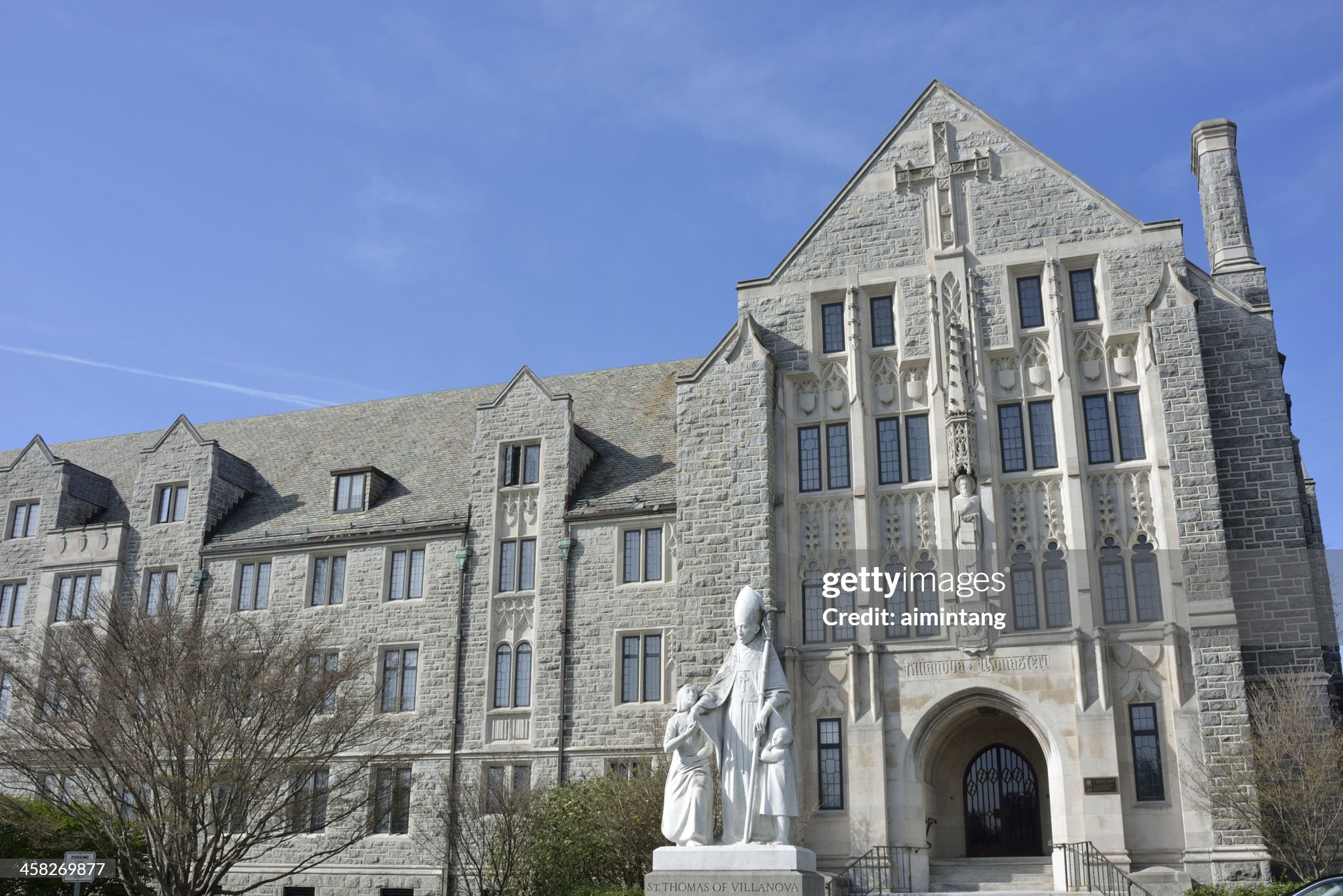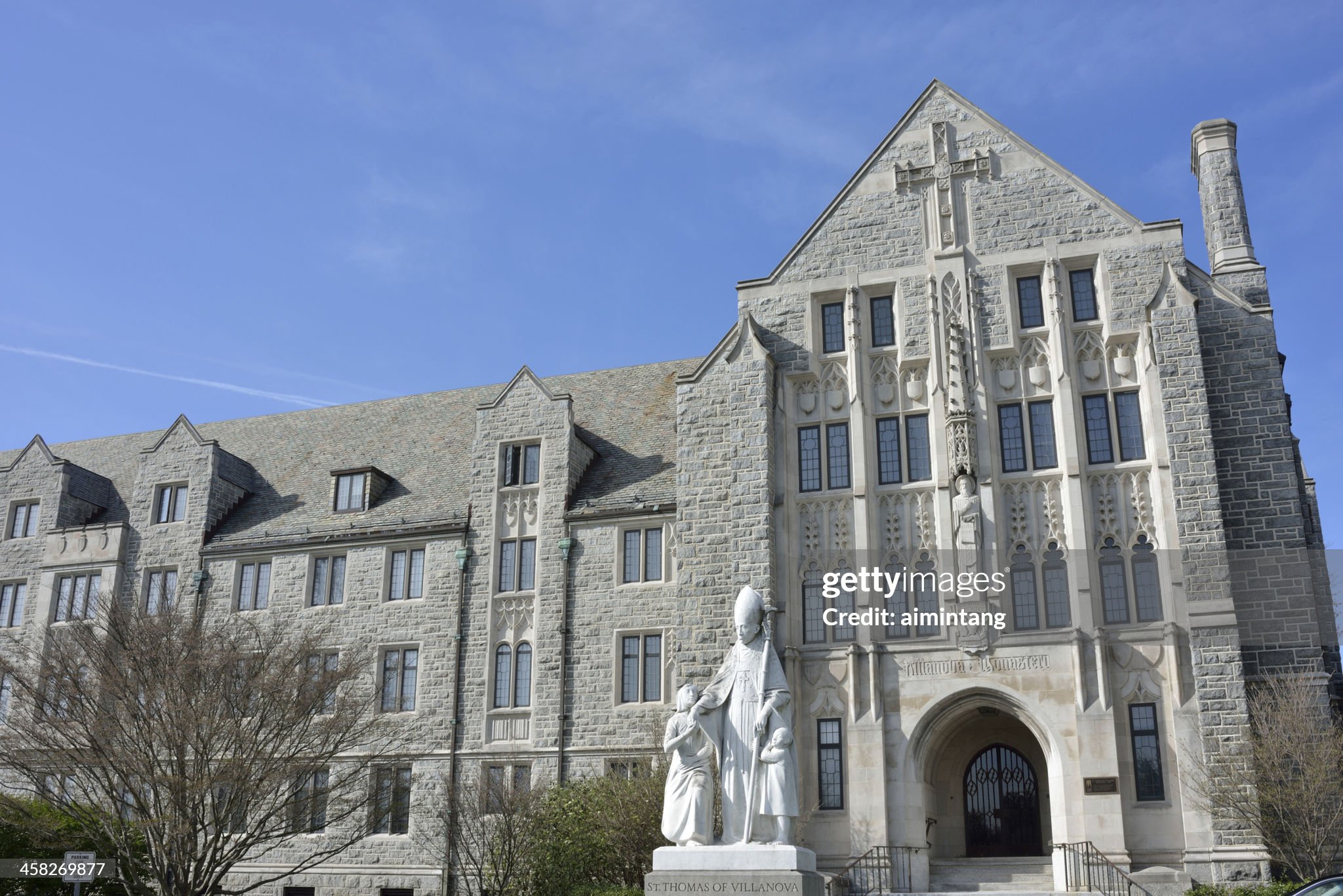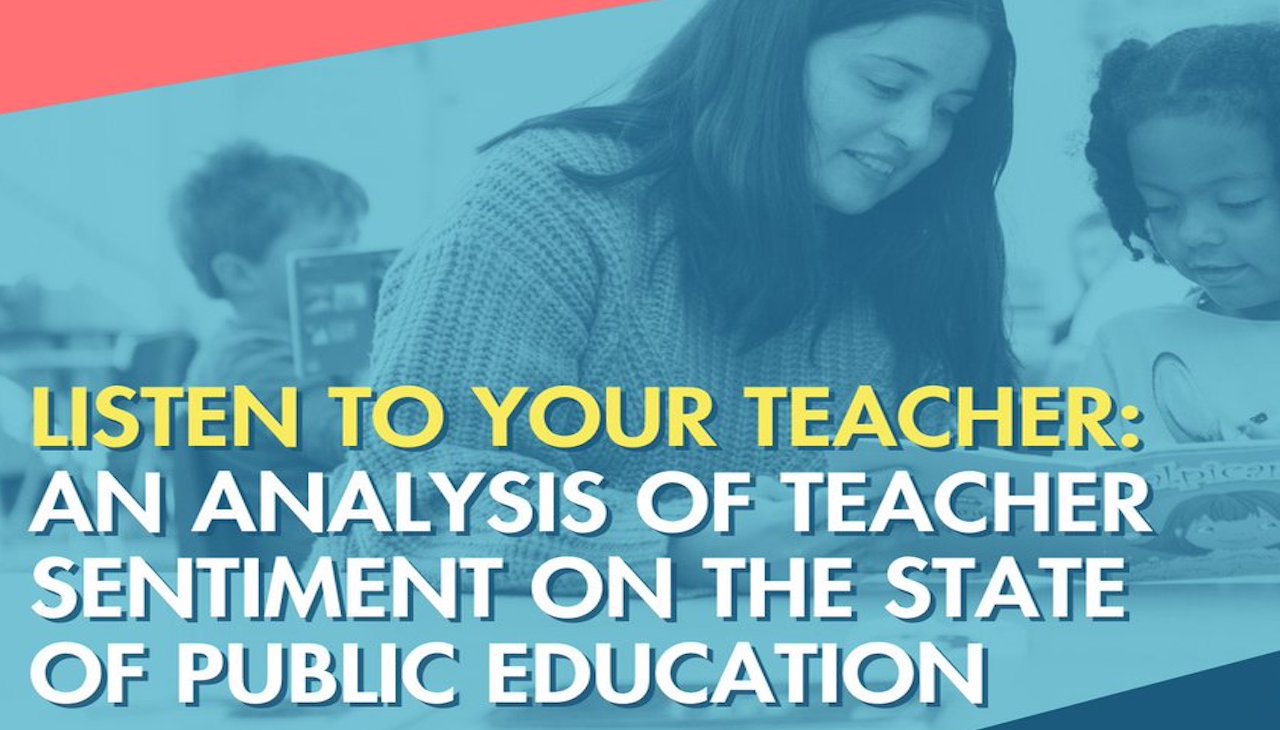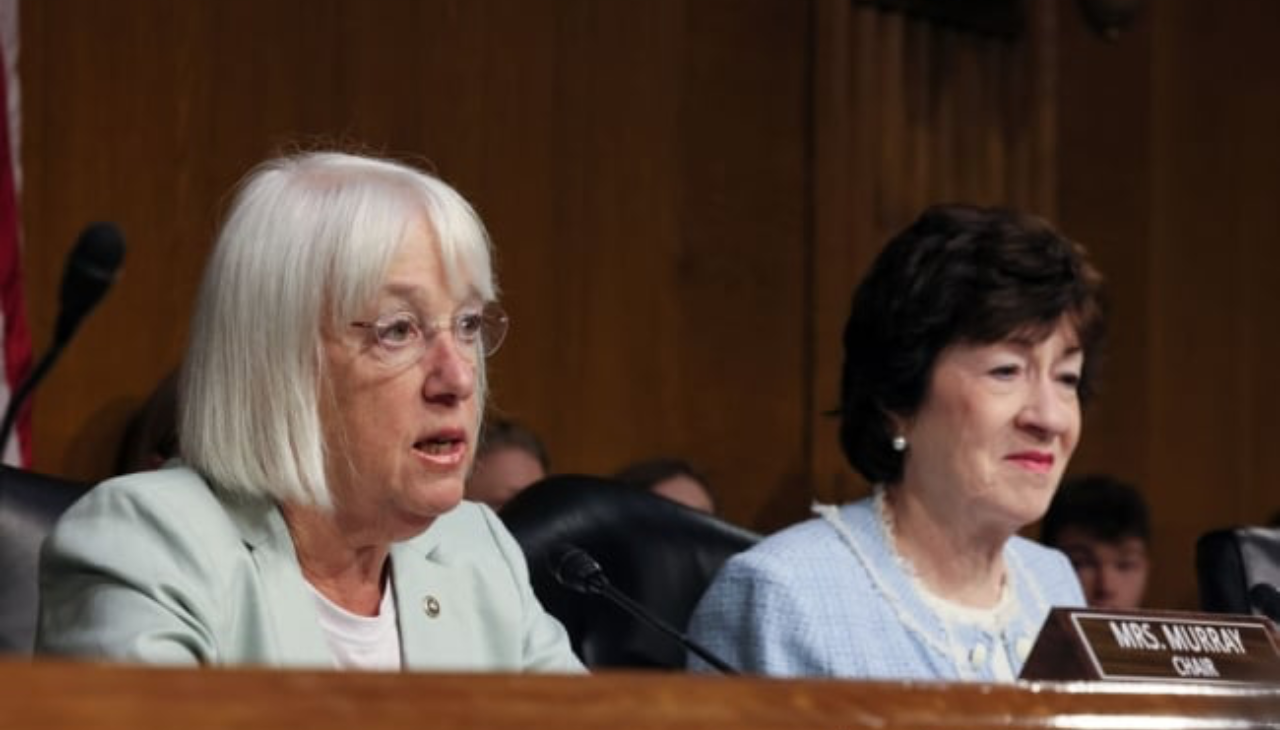
Bills that threaten diversity and inclusion in higher education
In recent years the number of bills threatening diversity and inclusion efforts has risen. The latest is a new bill proposed by Texas Rep. Carl Tepper.
The United States Department of Commerce estimated in early January 2022 that the U.S. population is 332.4 million people from diverse groups— a reflection of the student population currently advocating for diversity, equity, and inclusion in academia across the nation.
The need for a culturally responsive curriculum that honors students' experiences has become mission impossible with politicians imposing views and restricting the materials teachers are able to discuss in classrooms—prolonging the unrest of educators, parents, and students that believe abolishing segregation in education and extremist views of diverse topics deemed a threat to the nation are only distorting and discrediting the efforts of previous generations that fought for change.
Educators are responsible for teaching inclusion and embracing diversity in the classroom, but in some other states, this can lead to legal repercussions.
Back in history
There have been several laws that have paved the way towards change— Second Morrill Act of 1890, which gave people of color access to education, especially in agriculture and mechanical arts; Title VI of the Civil Rights Act of 1964 prohibits discrimination on the basis of race, color, or national origin, or be excluded from participation in any program or activity that receives Federal financial assistance.
The strides for education accessibility and equality continued.
On November 8, 1965, The Higher Education Act was established to provide financial assistance to post-secondary students and strengthen the educational resources for higher education institutions in the United States— a crucial law that assisted the progress for low-and middle-income Americans to attend college with need-based grants, work-study opportunities, and federal student loans.
The 1970s presented many challenges towards desegregation and busing students. The lack of compliance from school districts after the 1954 Brown v. Board of Education of Topeka, a ruling that segregation in public schools was “inherently unequal.”
In 1971, in Swann v. Charlotte-Mecklenburg Board of Education, the Court charged Charlotte with maintaining segregated public schools and defying the Supreme Court’s decision to desegregate public schools with “all deliberate speed.”
Later, Title IX of the Education Amendments of 1972 was passed, which prohibited sex (pregnancy, sexual orientation, and gender identity) discrimination in any education program or activity receiving federal financial assistance. Further change occurred in education— Section 504 of the Rehabilitation Act of 1973 prohibits discrimination on the basis of disability, making public elementary and secondary schools and any program or activity that receives federal funds available to special-needs individuals.
Although the complete change in education has not been achieved, it has carved a space for affirmative action initiatives to occur.
The Executive Order 11246 in 1965, established requirements for non-discriminatory practice in hiring and employment as reported by the U.S. Department of Labor.
Against DEI
The efforts of previous generations made the Equal Pay Act of 1963, the Age Discrimination in Employment Act of 1969, the Rehabilitation Act of 1973, the Americans with Disabilities Act 1990, the Civil Rights Act of 1991, the Pregnancy Discrimination Act, the Genetic Information Nondiscrimination Act of 2008, and the ADA Amendments Act feasible for future generations. Also, The Education for All Handicapped Children Act (EHA), Individuals with Disabilities Education Act (IDEA), Assistive Technology Act, and Handicapped Children’s Protection Act (HCPA) made education inclusive and accessible for students with special needs.
Even though diversity, equity, and inclusion have come a long way since the 1800s, it still presents an issue in education.
In the last couple of years, education has seen an unprecedented rise in legislatures interfering with diversity and inclusion efforts.
Earlier this year, NPR reported that Florida Gov. Ron DeSantis signed the controversial “Parental Rights in Education” bill, which became infamously known as the “Don’t Say Gay” bill. The bill reads, “Classroom instruction by school personnel or third parties on sexual orientation or gender identity may not occur in kindergarten through grade 3 or in a manner that is not age-appropriate or developmentally appropriate for students in accordance with state standards.”
RELATED CONTENT
The Gov. Argued teaching kindergarten-aged kids that “they can be whatever they want to be, was inappropriate for children,” NPR further reports.
Critical race theory also experienced censorship in schools. Different states took their own approach to handle Critical race theory concerns—Kansas bill that would make using classroom materials depicting “homosexuality” a Class B misdemeanor. Indiana law prevents educators from discussing sexual orientation, transgenderism or gender identity without consent from parents.
Arkansas, Florida, Idaho, Iowa, New Hampshire, Oklahoma, and Tennessee have banned critical race theory.
Georgia, Alabama, Kentucky, Louisiana, Michigan, Missouri, Montana, Ohio, Pennsylvania, Rhode Island, South Carolina, Texas, Utah, Washington, West Virginia, and Wisconsin have bills or are emplacing school policies to forbid the teaching of Critical Race Theory.
PEN America’s Index of School Book Bans reported that from July 2021 to June 2022 2,539 books were banned—671 LGBTQ titles, and 659 titles with protagonists or prominent secondary characters of color. Since last July and the end of March of this year, The Central York School District (Pennsylvania) banned 441 books.
Despite the opposition, Arizona and Mississippi have failed to impose critical race theory bans. Thus far, Delaware lawmakers have been on the side of teaching Black history in schools.
However, this is not the case for Florida since, in November, a Federal judge partially blocked Gov. Ron DeSantis's legislation, previously called the Stop W.O.K.E. Act “Wrongs to Our Kids and Employees,” now known as the Individual Freedom Act.
The bill took effect in July, prohibiting schools and workplaces from insinuating that any individual, race, color, sex or national origin “bears responsibility for and must feel guilt, anguish or other forms of psychological distress."
The U.S. District Judge Mark Walker reference the Stop W.O.K.E. Act as “dystopian.”
Lastly, Texas Rep. Carl Tepper recently introduced a bill that does not explicitly restrict critical race theory. The bill states “divisive concepts and prohibits colleges from endorsing, discussing or interfering with any lifestyle, race, sex, religion, or culture,” as reported by Higher ED Dive.











LEAVE A COMMENT:
Join the discussion! Leave a comment.